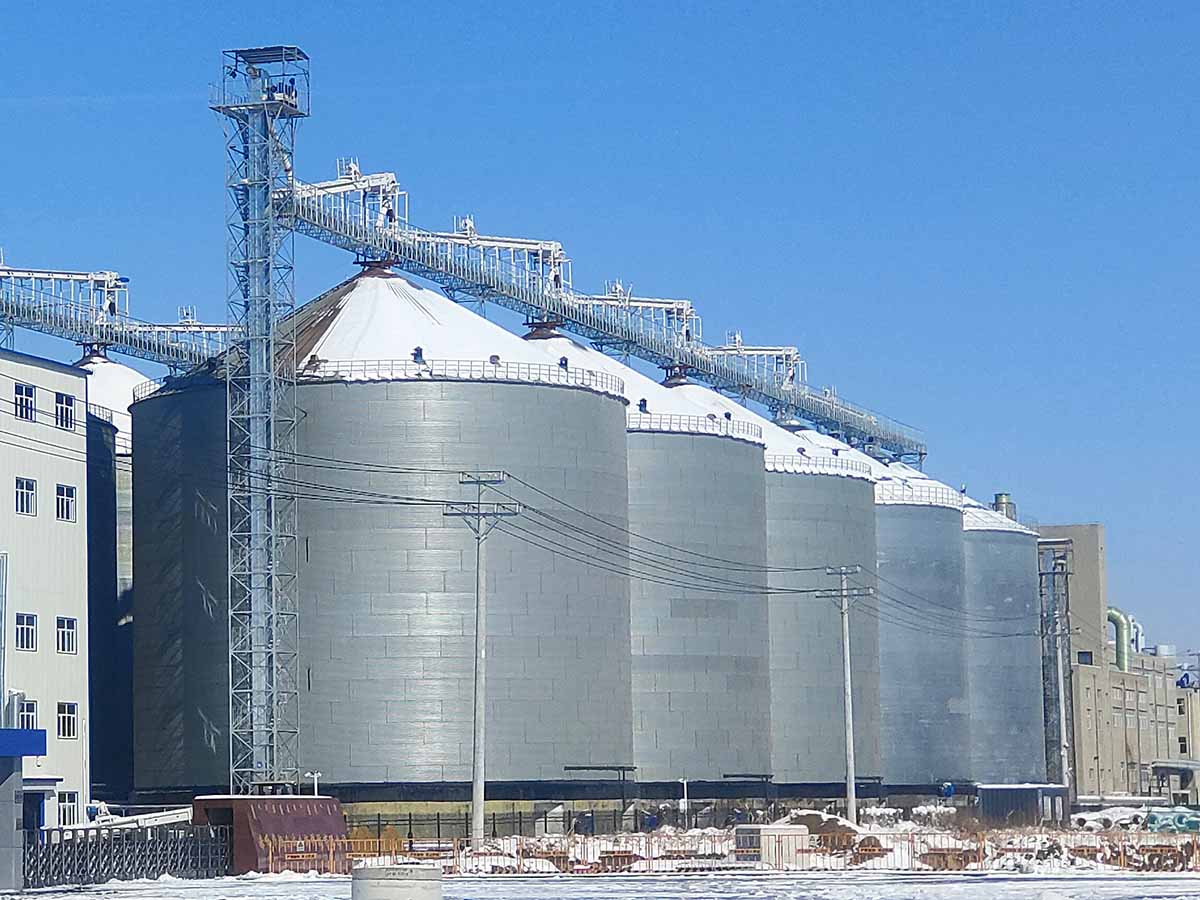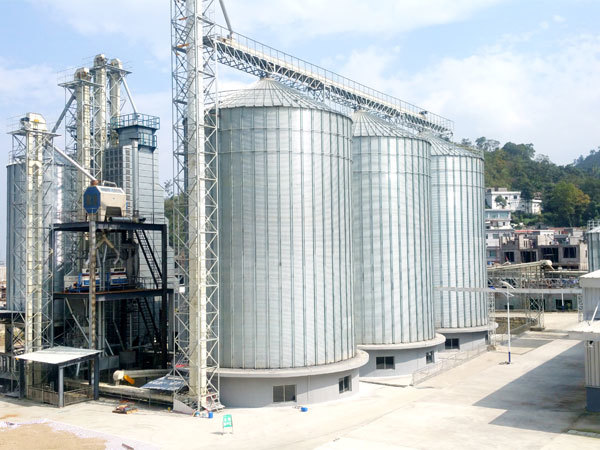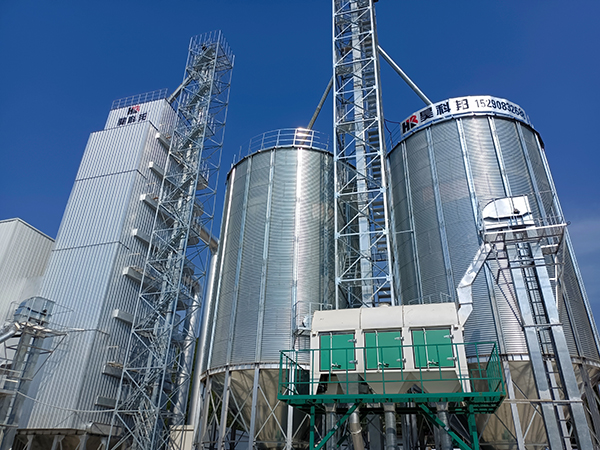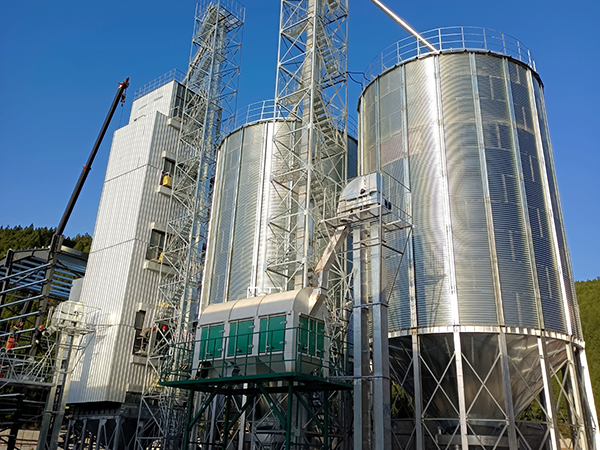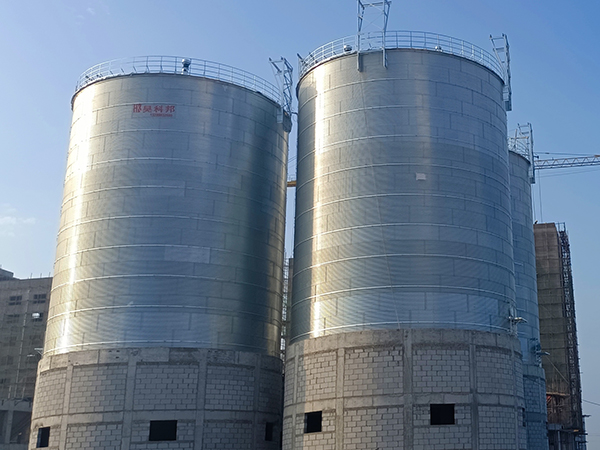How to choose the right Soybean Cone Bottom Silo for yourself
Soybean cone bottom silos are multifunctional storage solutions, suitable for various grains and animal feed, with features that protect and maintain quality. They offer structural durability, adjustable conical bottom angles, and intelligent systems for efficient operation and temperature monitoring, ensuring the safe and effective storage of soybeans and other crops.
- Barley grain bin company in Tanzania
- rice grain bin factory in Rwanda
- Paddy grain bin supplier in Guinea
- Wheat Cone-Bottom Silo Franchise in Thailand
- Wheat cone bottom silo procurement in Thailand
- Wholesale Wheat Cone-Bottom Silo in Malaysia
- Manufacturers of Wheat Cone-Bottom Silo in Malaysia
- Wheat Cone-Bottomed Silo Suppliers in Uganda
- Cone-Bottom Wheat Silo Sales in Uganda
- Wheat cone bottom silo price in Uganda
- Soybean meal grain bin sale in Guinea
- Corn grain bin price in Libya
Soybean cone bottom silo, as versatile storage facilities, are designed not only for long-term soybean preservation but also to accommodate various other items, meeting the needs of different industries.
What Can Soybean Silos Store
Soybean silos are well-suited for storing a variety of grains, including but not limited to corn, wheat, rice, and sorghum. These grains are well-protected in the silo, safeguarded from moisture, mold, and other external factors.
In addition to grains, soybean silos can also store animal feed. The silo’s sealing and ventilation systems effectively maintain feed freshness and nutritional value while preventing pests and microbial damage.
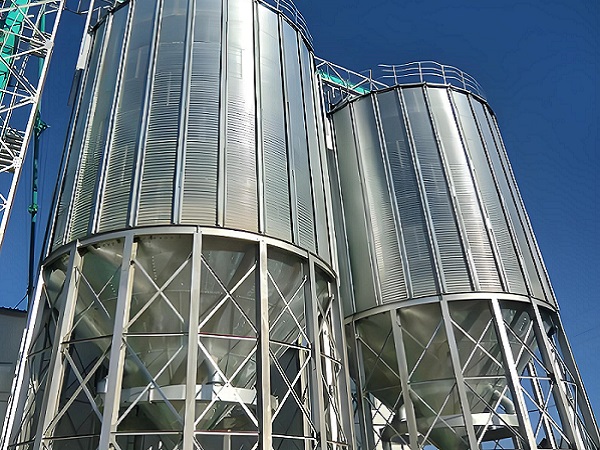
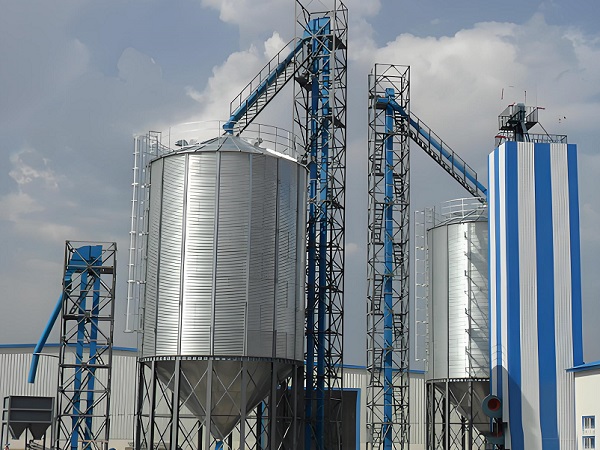
Structural Design of Soybean Silos
Soybean cone bottom silo are storage facilities designed specifically for soybeans and other grain crops, considering durability, functionality, and ease of operation.
Steel Composition and Roof Framework
The main structure of soybean cone bottom silo is made of high-strength steel plates, ensuring the silo’s stability and longevity. The roof beams are made of C-shaped steel, widely used for its lightweight and high-strength properties. The beams connect to the silo’s top ring structure at the upper end and are secured to supports at the lower end, forming a robust top frame structure with angle steel connections.
The galvanization and thickening design of the cladding.
The silo’s lath boards are made of galvanized steel plates with 275g/m², offering excellent corrosion and weather resistance. To adapt to stress distribution at different heights, the lath boards are thickened from top to bottom, ensuring they can withstand the corresponding pressure at any height.
Conical Bottom Angle Adjustment
The bottom of the soybean cone bottom silo is designed with a conical shape, with angles adjustable to 45 or 60 degrees based on different needs. The angle selection primarily considers material flow speed, ensuring smooth flow of soybeans and other grain crops from the silo for easy loading and transportation.

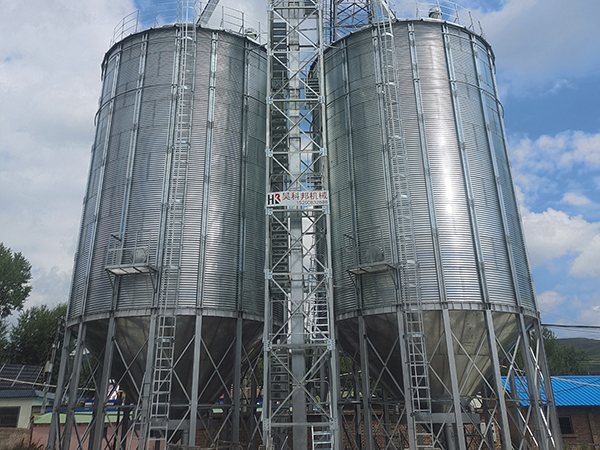
Overall Structural Optimization
The entire structure of the soybean cone bottom silo aims to achieve maximum storage efficiency and operational convenience. From the roof framework to the galvanized thickening of the lath boards, and the angle adjustment of the conical bottom, every design detail is carefully calculated and optimized to meet the safe storage needs of soybeans and other grain crops.
How to Purchase the Right Soybean Cone bottom Silo
Choosing a soybean silo that suits your needs is a comprehensive consideration process. Before making a purchase decision, consider the following suggestions:
Silo Capacity
First, assess your soybean yield to select a silo of appropriate capacity. Consider potential future yield growth and choose a silo that meets current needs and can adapt to future expansion.
Intelligent System Requirements
In modern grain storage, the importance of intelligent systems is increasingly recognized. Consider whether to integrate a ventilation system, such as automatically controlled fans and air vents, and internal and external duct designs, all of which help regulate internal temperature and humidity, maintaining soybean quality.
Temperature Monitoring
Temperature measurement systems are crucial for monitoring the temperature inside soybean silos. Opt for a system with temperature cables and multiple sensors to ensure precise temperature monitoring and timely adjustments to storage conditions.

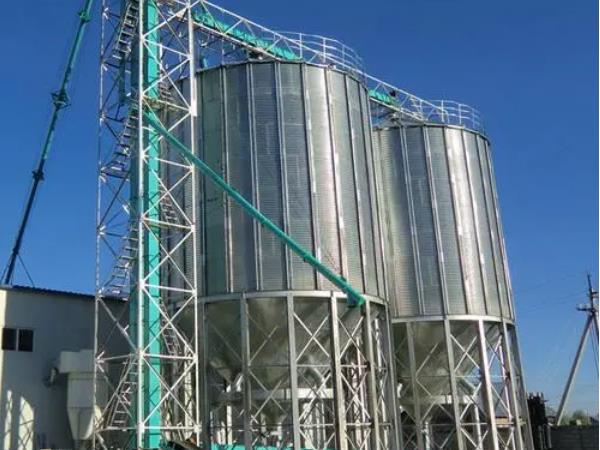
Dust Removal System
Significant dust is generated during the loading, unloading, and cleaning of soybeans. An efficient dust removal system effectively removes this dust, protecting soybean quality and maintaining workplace hygiene.

